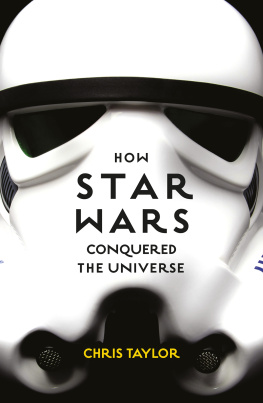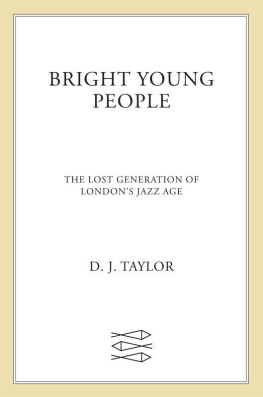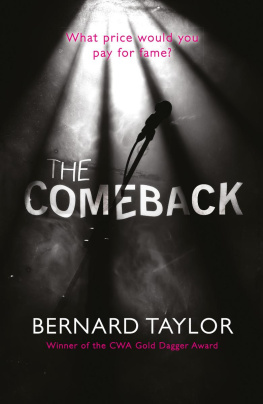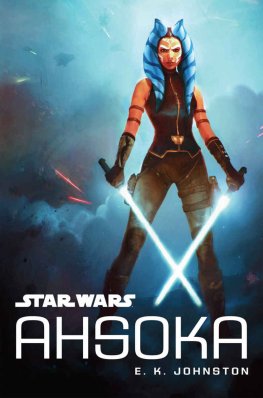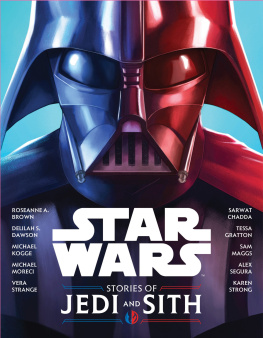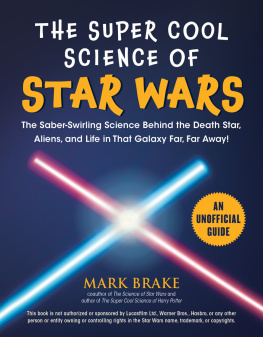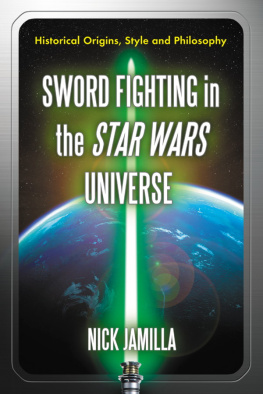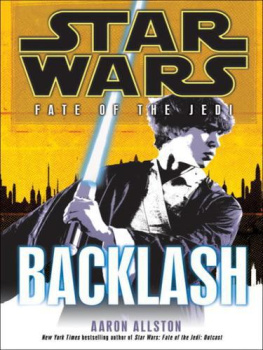
www.headofzeus.com

For Jess, The True Chosen One
Contents
George James Sr. was eighty-eight years old when I met him in July 2013, but in the crimson of a setting desert sun he seemed almost timeless. He wore a white Stetson and had leathery skin, a thin build, and deep-set, coal black eyes; he stooped a little from the shrapnel that has been in his back since 1945. James is Tohtsohnnii, part of the Big Water Clan of the Navajo people, and was born where he still lives, in the mountains near Tsaile, Arizona. When he was seventeen, James was drafted and became that rarest of World War II veterans: a Code Talker. He was one of five Code Talkers who stormed the beaches of Iwo Jima and transmitted more than eight hundred vital messages back and forth between the island and the offshore command post in their native language. Their code was virtually unbreakable because there were then fewer than thirty nonnative speakers of Navajo in the entire world. For an encore, the 165-pound James helped save an unconscious fellow privates life by carrying his 200-pound frame across the black sands of Iwo and into a foxhole. His calmness under fire helped determine the course of the horrific battle, and arguably the war. Were it not for the Navajo, said a major in Georges division, the Marines would never have taken Iwo Jima.
Jamess wartime story was enough to make my jaw hit the floor when I met him. But there was something else about him that was almost as incredible. George James was the first person Id met, in a year of searching, who seemed to genuinely not know the first thing about the movie we were about to watch: something called Star Wars .
When I heard the title, I thought, The stars are at war? James said, and shrugged. I dont go to the movies.
There havent been any movie theaters here in Window Rock, Arizona, the sun-bleached capital of the Navajo nation, since the last one closed in 2005. Window Rock is a one-stoplight town with a McDonalds, a dollar store, a couple of hotels, the eponymous natural stone arch, and a statue honoring the Code Talkers. There are plenty of screens here, but theyre all personal: teens thumb through smartphones in parking lots; there are iPads and TVs and Wi-Fi in Window Rock just as in any twenty-first-century western town. But theres no large public screen where the peopletheyre called Din (pronounced dee-nay), Navajo, or just the Peoplecan get together and share a projected dream.
But for one night in 2013, that changed. On July 3, the first movie ever dubbed into a Native American tongue was screened at the rodeo grounds on a giant screen bolted to the side of a ten-wheeler truck. Just outside of town, on Highway 49, sat the only poster advertising this historic event, on a wilderness billboard that for a time became the hottest roadside attraction on the ArizonaNew Mexico border. Star Wars Episode IV: A New Hope translated into the Navajo language, it said, alongside a 1977 poster for the movie.
I must have seen that Star Wars poster a million times, but on this highway from Gallup, out of my element and surrounded by brush-covered mesas, I could almost make myself see it through fresh eyes. The kid in white robes appears to be holding some sort of flashlight to the sky; a young woman in strange hair buns holds a gun and poses by his side. Behind them looms a giant gas-mask face with dead eyes and a Samurai helmet. What a strange dream this movie must be.
Just inside town is the Navajo Nation Museum, which spent the past three years persuading Lucasfilm to collaborate on this adaptation of Star Wars . I had to wonder why they persisted so long instead of choosing another translation projectand then I walked into the office of the museum director, Manuelito Wheeler, and saw a shelf full of Boba Fett figurines taking pride of place. Manny, as he is known, is a big bear of a guy with a stoic expression and silver flecks in his black ponytail hair. A more relaxed and unpretentious museum director you could never hope to meet. He called me dude from our first phone call. He told me hed loved the original trilogy ever since he caught it on VHS in his late twenties. He can more than hold his own in the traditional geek bonding ritual of quoting Star Wars lines. (When I was running late for a subsequent meeting with him, we texted each other Death Star trench-run dialogue: Stay on target. I cant maneuver! Stay on target.)
Wheeler could wax lyrical about the purpose of the screening, which the museum had conceived of as a way to nurture and preserve the Navajo language, but he also understood that in order for that campaign to be most effective, these matters needed to be approached the same way that Star Wars itself begs to be approached: with exuberance and lightness.
Not that the need to preserve the Navajo language is not dire. The peoples mother tongue, also known as Din, is dying. Fewer than half of the three hundred thousand People of the Nation can speak it at all; fewer than one hundred thousand are fluent. Fewer than one in ten can read Din. Back in George Jamess day, kids were taught English in reservation schools and spoke Din at home. These days, Din is taught in schools, but kids of the twenty-first century dont care to learn it. Why bother, when English fills their smartphones, tablets, and TVs? Were know-it-alls now, Wheeler sighed. We need to reinvent ourselves.
What the next generation of Din needed, he figured, was exactly what George Lucas felt the youth of the 1970s needed: adventure, thrills, good vs. bad, a fairy tale utterly divorced in space and time from the here-and-now, yet also grounded in familiar themes and myths. The story Lucas labored over for years was in many senses a product of its time and the eras that had preceded it, but the dream he captured on celluloid turned out to be utterly malleable and exportable. Star Wars might just have the power to make Din cool again.
But isnt this just a form of American cultural imperialism, in which Native people are surrendering to the forces of Hollywood? Wheeler has two words for that notion: Cmon, dude. Star Wars is not Hollywood. It is the brainchild of a staunchly independent, Hollywood-hating filmmaker in Marin County who recruited a bunch of young countercultural visual effects guys in a Van Nuys warehouse. The villain of this fairy tale, the Empire, was inspired by the US military in Vietnam; the Ewoks by the Viet Cong; the Emperor by President Nixon. The fairy tale was charmingly benign enough to mask that fact, and now every culture around the planet, whether embattled or entitled, sees itself in the Rebel Alliance. But the subversive story was there from the moment Lucas sat down to write his first draft. Star Wars has got a very, very elaborate social, emotional, political context that it rests in, Lucas said in 2012. But of course, nobody was aware of that.
And theres another reason for the Navajo to embrace Star Wars more than most cultures. Theres something spiritual going on here, Wheeler says. He points out that Joseph Campbell, the giant of global mythology, steeped himself in Navajo culture. That was the subject of Campbells first book, Where the Two Came to Their Father (1943), published three years before The Hero with a Thousand Faces . If George Lucas was as influenced by that book as he claims, Manny says, then Star Wars in Navajo brings it full circle.

